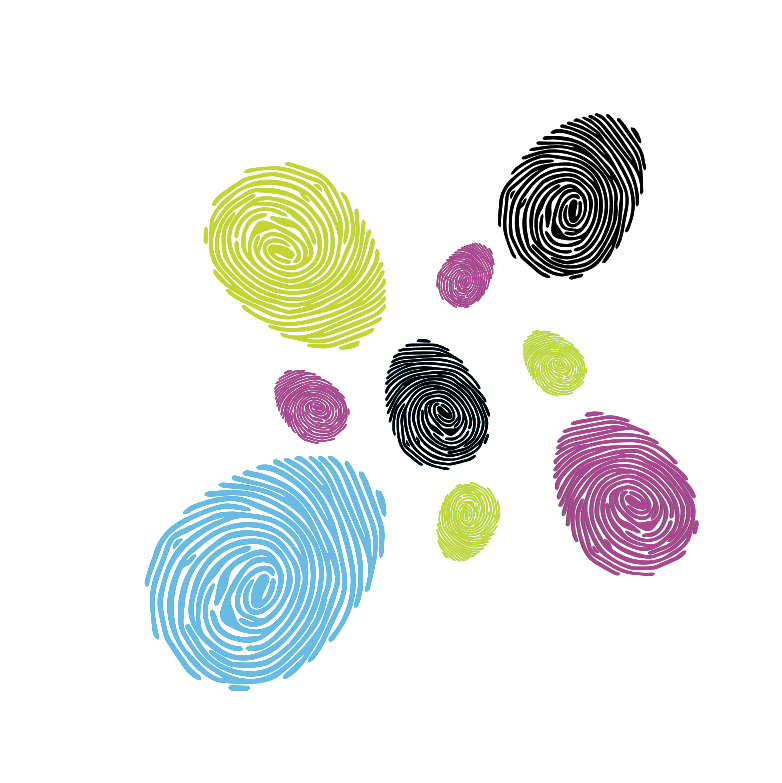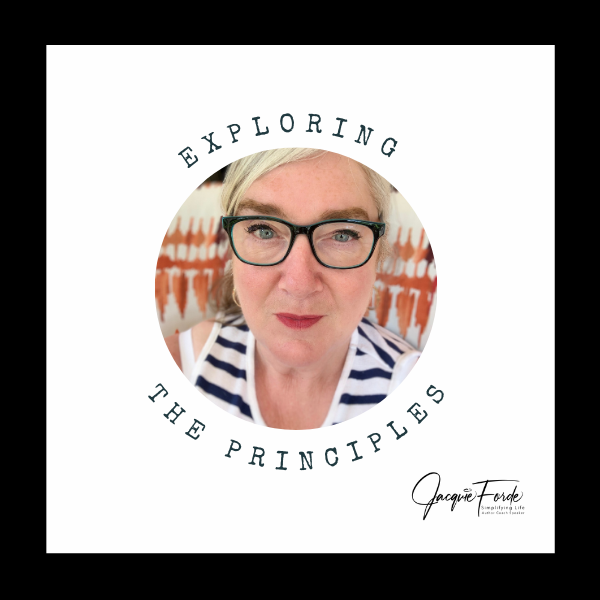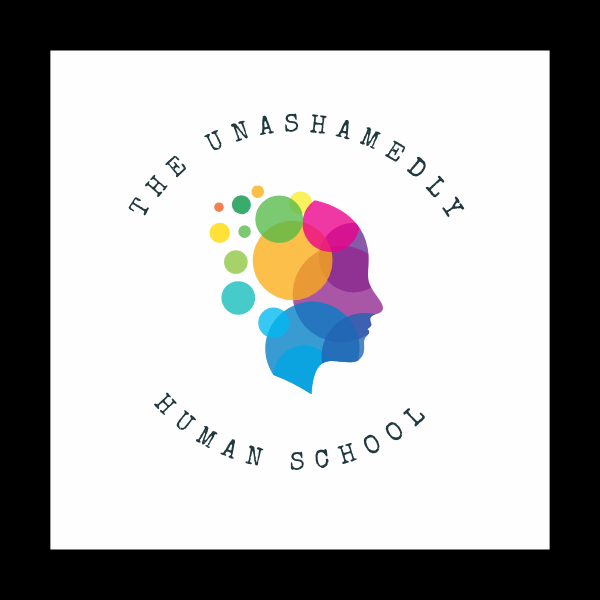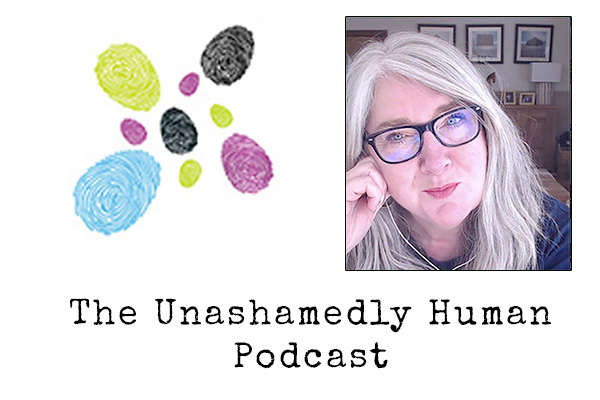Imagine your body as a highly advanced storage system—not just for memories, but for emotions, stress, and yes, trauma. Your muscles, fascia, and nervous system are quietly holding onto a mental archive of everything you’ve experienced—whether you remember it or not. And here’s the kicker: your conscious mind might not even know it.
Let’s dig in.
The Science of Stored Trauma
You know how out of nowhere, your neck locks up like it’s trying to make a point or your shoulders suddenly feel like they’re carrying bags of bricks? Sure, we could blame bad posture or too much time at a desk. But more often than not, these aches and pains are physical manifestations of stored, unprocessed trauma—both the obvious kind (like accidents or loss) and the more subtle kind (chronic stress, neglect, etc.).
When we encounter trauma or stress, our body activates the fight, flight, or freeze response through the autonomic nervous system. This releases stress hormones like cortisol and adrenaline. Ideally, once the threat has passed, our body returns to baseline, and the energy is discharged. But if the trauma isn’t processed, the nervous system doesn’t fully reset. Instead, the body stores that unresolved energy, like pausing in the middle of a movie but never pressing play again. Over time, this “frozen” energy gets locked into our tissues, manifesting as muscle tension, chronic pain, or even digestive issues.
But what if I told you trauma doesn’t just live in the body? Understanding how our thoughts and emotions interact with these physical symptoms can bring a whole new dimension to healing.
The Role of Psychology and the Three Principles
This is where psychology, and specifically the Three Principles of Mind, Consciousness, and Thought, come into play. The Three Principles, pioneered by Sydney Banks, explain that our entire experience of life is created from within—from our thoughts, consciousness, and mind. When we grasp this, we begin to see that while trauma may be stored in the body, our experience of it is driven by the way we think about it, and how our mind interprets these signals.
For instance, a past trauma might be physically stored in your body, causing discomfort. But the ongoing distress—the anxiety, the fear, the overwhelm—is perpetuated by your thoughts about that discomfort. We often unknowingly layer on stories, interpretations, and judgments, which create further emotional suffering. Through the lens of the Three Principles, we realize that these thoughts aren’t necessarily reality; they are temporary constructs of our mind, just like any other momentary thought. When we stop feeding those interpretations, the emotional weight of trauma can start to lift—even before we address the physical component.
By recognizing this, we get a profound insight: our experiences, no matter how painful, don’t have to define us. The understanding of these Principles helps us tap into our innate resilience and realize that healing comes not just from revisiting the past, but from shifting how we see and relate to our experiences in the present.
The Body’s Role: Somatic Therapy
Now, let’s weave this understanding into how we actually release that stored trauma from the body. While the Three Principles can help us reframe our emotional and mental relationship to trauma, somatic therapy focuses on completing the stress cycle that was never fully processed.
Somatic therapies like Somatic Experiencing (developed by Peter Levine), EMDR, or even yoga and breathwork are all designed to help the body release that stuck energy. It’s less about cognitively revisiting the trauma and more about allowing the body to finish the process it started—whether through gentle movement, focused breathing, or body-based exercises that invite the nervous system to finally calm down.
Remember that deep hip stretch that made you unexpectedly tear up? It’s no coincidence—certain muscles, like the psoas, have been shown to store emotional tension. By targeting these areas and focusing on bodily sensations, somatic therapy helps release the emotions stored within the tissue itself. It’s almost like we’re giving the body permission to finally process what the mind might not even fully remember.
How It All Comes Together
Here’s the magic: combining psychological insight with body-based approaches can lead to profound healing. The Three Principles allow us to separate our thoughts from reality, giving us the clarity to see trauma not as an ongoing threat, but as a past experience that no longer needs to control us. Meanwhile, somatic therapy provides a physical outlet for that trauma to be released from the body.
It’s a powerful combination—understanding that trauma lives both in the mind and the body, and that healing requires a holistic approach. You don’t need to consciously remember or rehash every painful moment to release its grip on you. In fact, the body often knows how to heal itself once we give it the right tools and stop adding layers of mental tension.
So, if you’re dealing with chronic tension, pain, or just that nagging sense that something’s “off,” it may be worth exploring both how your thoughts and body are interacting with your past experiences. By addressing both the psychological and somatic aspects of trauma, you can finally begin the process of unwinding years of tension, and—more importantly—start living a lighter, freer life.
Curious to learn more or discuss how these approaches might work for you? I’d love to help you explore this journey. After all, your body and mind have been carrying enough for long enough—it’s time to give them a well-deserved rest. Isn’t it?
So much love (and with all tension released)
Jacquie









